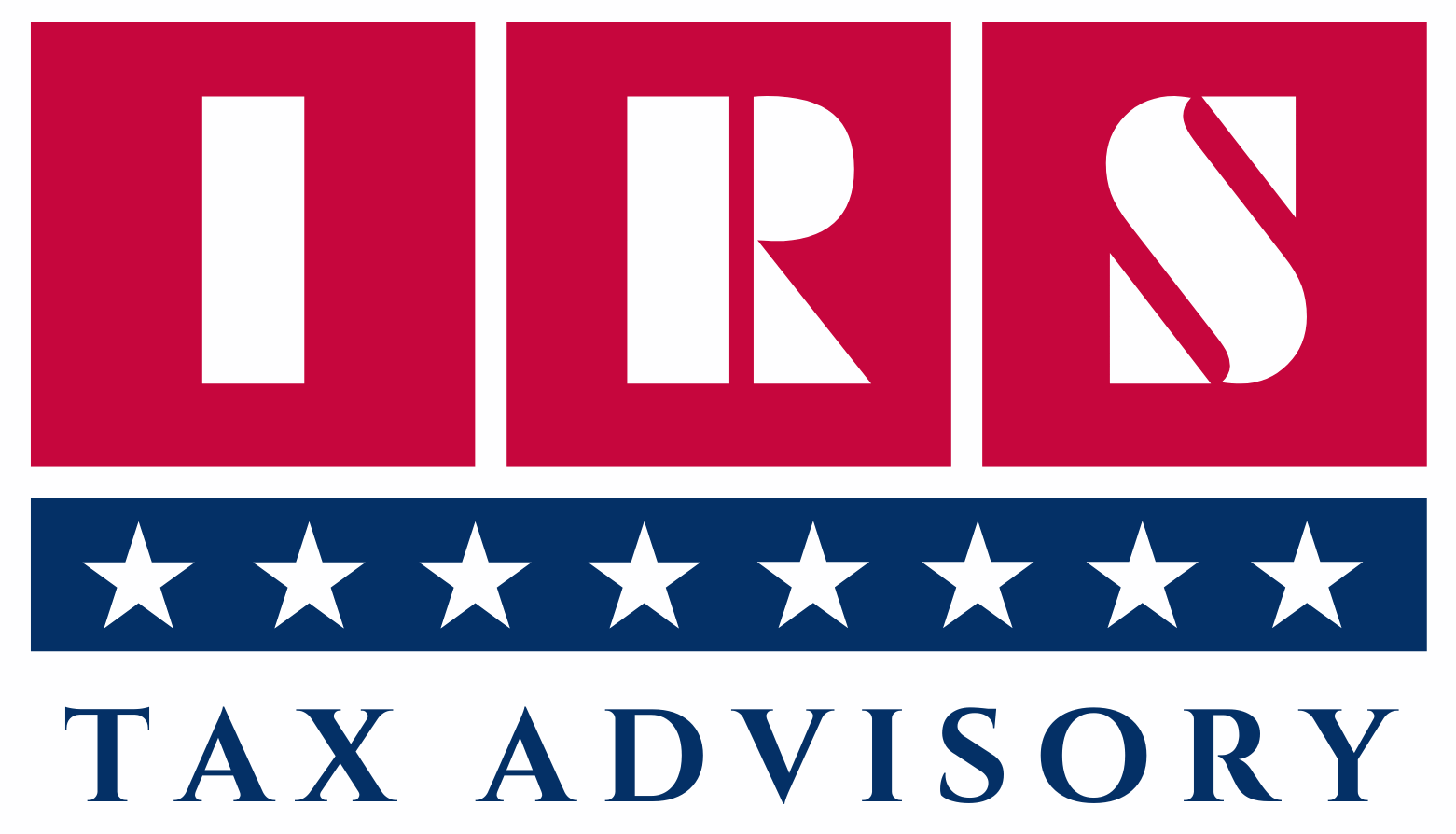Form 1065- Easy Detailed Guide
Table of Contents
Form 1065: Complete Guide for Partnerships

What is IRS Form 1065?
IRS Form 1065, officially titled “U.S. Return of Partnership Income,” is the tax return form used by partnerships to report their income, deductions, gains, and losses to the IRS. Although partnerships don’t pay income tax at the business level, they are pass-through entities—meaning income is passed on to the partners, who report it on their personal or corporate tax returns.
Who Must File Form 1065?
You must file Form 1065 if:
- Your business is a general partnership, limited partnership (LP), or limited liability partnership (LLP).
- You are a multi-member LLC taxed as a partnership.
- You operate a foreign partnership with U.S. income or partners.
Single-member LLCs do not file Form 1065. They file Schedule C (Form 1040) instead.
What Information is Reported on Form 1065?
Form 1065 includes:
- Gross receipts or sales
- Cost of goods sold (COGS)
- Ordinary business income/loss
- Deductions (e.g., salaries, rent, utilities)
- Other income and expenses
- Tax payments or credits
- Partner details and share distributions
Each partner receives a Schedule K-1 to report their individual share.
Required Forms & Schedules with Form 1065
| Form/Schedule | Purpose |
| Schedule B | Other information about the partnership |
| Schedule K | Summary of partner income, credits, etc. |
| Schedule K-1 | Reports each partner’s share of income/deductions |
| Schedule L | Balance sheet for the partnership |
| Schedule M-1 | Reconciliation of income per books vs. tax return |
| Schedule M-2 | Analysis of partners’ capital accounts |
| Form 1125-A | Cost of Goods Sold (if applicable) |
| Form 1125-E | Compensation of officers (if electing corporate treatment) |
| Form 8825 | Rental real estate income (if applicable) |
| Form 4562 | Depreciation and amortization |
| Form 4797 | Sale of business property |
| Form 8949 | Sales and other dispositions of capital assets |
| Form 1040 (K-1 attachment) | Individual partner’s return with K-1 |
Filing Deadlines for Form 1065
- Due Date: March 15, 2025 (for calendar-year partnerships)
- Extended Deadline: September 15, 2025 (if you file Form 7004 for an extension)
Late Filing Penalties
- $220 per partner, per month (for up to 12 months)
- Applies if you fail to file Form 1065 or provide Schedule K-1 on time
How to File Form 1065
1. Electronically (Recommended)
- Use IRS-approved tax software or a tax professional
- Mandatory for partnerships with more than 100 partners
2. By Mail
Send to the appropriate IRS address based on your state and whether payment is enclosed. IRS mailing addresses change often—check the IRS Form 1065 instructions page for current info.
Common Deductions on Form 1065
- Business rent
- Salaries and wages
- Utilities
- Advertising
- Depreciation
- Employee benefit programs
- Professional fees (legal, accounting)
Amending Form 1065
To correct a previously filed Form 1065, file an amended return:
- Use Form 1065X (for returns filed before 2018), or
- File a corrected Form 1065 with “Amended Return” checked (for 2018 and later)
Complete Guide to IRS Form 1065 Filing (2025): Line-by-Line and Schedule-by-Schedule Breakdown
What is Form 1065?
IRS Form 1065, “U.S. Return of Partnership Income,” is used by partnerships to report financial details to the IRS. The form outlines the business’s income, deductions, gains, and losses and is a pass-through return, meaning income passes to the partners to report on their individual or corporate returns.
Who Must File Form 1065?
Form 1065 must be filed by:
- General partnerships
- Limited partnerships (LP)
- Limited liability partnerships (LLP)
- Multi-member LLCs (defaulted to partnership tax status)
- Foreign partnerships with U.S. income or partners
Who is Exempt?
- Sole proprietorships
- Single-member LLCs (file Schedule C)
- C-corporations or S-corporations (use Forms 1120 or 1120S)
Breakdown of Each Page and Schedule in Form 1065
Page 1: Income, Deductions, and Tax Computation
Lines 1–8: Income
- Gross receipts or sales
- Returns and allowances
- Cost of goods sold (from Form 1125-A)
- Gross profit
- Ordinary income from other partnerships or trusts
Lines 9–21: Deductions
- Salaries and wages (excluding partners)
- Guaranteed payments to partners
- Rent, depreciation (via Form 4562), employee benefits
- Interest, taxes, repairs, advertising
- Other deductions (itemized in Statement)
Line 22: Ordinary Business Income (Loss)
Page 2: Schedule B – Other Information
Gathers compliance and disclosure information, including:
- Entity type
- Accounting method (cash, accrual, or other)
- Foreign transactions
- Partnership debt and ownership details
- Partner disclosure requirements
Page 3: Schedule K – Partner’s Distributive Share
Summarizes total income, deductions, credits, and other items passed through to partners, including:
- Ordinary business income
- Real estate rental income
- Interest/dividends
- Guaranteed payments
- Credits
- Foreign transactions
- AMT items
- Distributions
Page 4-5: Schedule L – Balance Sheet per Books
Captures the partnership’s:
- Assets (cash, receivables, inventory, property)
- Liabilities
- Capital accounts
- Loans to/from partners
Use beginning-of-year and end-of-year values.
Page 5: Schedule M-1 – Book-Tax Reconciliation
Reconciles income reported on the books vs. the tax return. Common adjustments:
- Tax-exempt interest
- Non-deductible expenses (e.g., fines)
- Book depreciation vs. tax depreciation
Page 6: Schedule M-2 – Analysis of Partners’ Capital
Tracks:
- Capital contributions
- Withdrawals
- Partner allocations
- Adjustments to capital during the year
Schedule K-1 (Form 1065) – Partner Share Reporting
Each partner receives a Schedule K-1, which outlines their share of:
- Ordinary income
- Capital gains
- Rental income
- Deductions and credits
- Self-employment income
- Foreign income
- AMT items
K-1 Sections:
- Part I: Partnership details
- Part II: Partner information
- Part III: Partner’s share of items
Partners use K-1 to file their own returns. It must be furnished to them by the Form 1065 deadline.
Form 1065 Filing Deadlines
- Due Date: March 15 (or 2.5 months after year-end)
- Extension: File Form 7004 to extend to September 15
Penalties for Late Filing
- $220 per partner, per month (max 12 months) if Form 1065 or Schedule K-1 is late.
- Additional penalties for missing or incorrect K-1s.
1065 Supporting Forms
| Form | Purpose |
| Form 4562 | Depreciation and amortization |
| Form 4797 | Sale of business property |
| Form 1125-A | Cost of goods sold |
| Form 1125-E | Compensation of officers |
| Form 8825 | Rental Real Estate Income |
| Form 8949 | Capital asset transactions |
| Form 7203 | S Corporation Shareholder Stock Basis (if applicable) |
Filing Methods for Form 1065
E-filing (Recommended)
- Required for partnerships with 100+ partners
- Use IRS-approved tax software or a professional preparer
Mailing
- Smaller partnerships can mail Form 1065
- Address varies by state and whether a payment is included (refer to IRS instructions)
Step-by-Step Instructions to File Form 1065
- Gather financial records (income, expenses, balance sheets)
- Prepare partnership agreement and verify partner details
- Complete Form 1065 (pages 1–5)
- Attach all required schedules and forms
- Generate and distribute Schedule K-1 to each partner
- File electronically or by mail by March 15
- File Form 7004 if you need an extension
Adjusted Total Assets Calculation (for Form 1065 and Financial Reporting)
Adjusted Total Assets are a modified version of total assets reported on the balance sheet (Schedule L of Form 1065). This figure reflects a more accurate economic value of the partnership’s assets by incorporating various adjustments. It is often used for determining filing requirements, tax thresholds, and compliance under IRS and financial reporting rules.
When is Adjusted Total Assets Used?
- IRS disclosures (e.g., Schedule B questions)
- Partnership audit compliance thresholds
- Form 1065 Schedules M-1 and M-2 relevance
- State-level reporting or filing exemptions
- Bank and investor reporting
Formula: How to Calculate Adjusted Total Assets
There’s no single universal formula in the tax code, but typically:
Adjusted Total Assets = Total Assets (per books)
± Adjustments for:
+ Depreciation differences
+ Book-to-tax basis adjustments
+ Unrealized gains/losses
+ Non-deductible/intangible assets
± Other temporary/permanent differences
Example Breakdown
| Asset Component | Value | Notes |
| Cash and cash equivalents | $50,000 | Per books |
| Accounts receivable (net) | $100,000 | After allowance |
| Inventory | $200,000 | Lower of cost or market |
| Equipment (gross) | $300,000 | Add back full book value |
| Less: Accumulated depreciation | ($100,000) | Reverse accelerated tax depreciation |
| Intangible assets (e.g., goodwill) | $50,000 | May need to adjust if not amortized for tax |
| Marketable securities (FMV) | $80,000 | Include unrealized gains if required |
| Total Assets per books | $680,000 | |
| Adjustments (e.g., depreciation) | +$50,000 | Add back book-to-tax difference |
| Adjusted Total Assets | $730,000 |
Common Adjustments
- Depreciation Differences
- Tax depreciation (MACRS) often differs from book depreciation (straight-line).
- Adjust to reflect economic reality or reporting basis.
- Unrealized Gains/Losses
- For GAAP or financial reporting, fair market value is used.
- Tax basis often ignores unrealized changes.
- Intangibles
- May require adjustment if tax treatment differs from book (e.g., goodwill, patents).
- Capital Contributions In Kind
- Assets contributed by partners may need FMV adjustment.
- Partnership Liabilities
- While not part of “assets,” liabilities affect basis and reporting thresholds.
Where to Report on Form 1065?
- Schedule L – Report book value of assets
- Schedule M-1 – Reconcile book and tax differences, including adjustments
- IRS Exemptions – Some IRS forms waive filing of Schedules M-1, M-2, and L if adjusted total assets and gross receipts are under $250,000.
Complete Guide to Schedule M-1, M-2, and M-3 in Form 1065
Overview
When filing Form 1065 (U.S. Return of Partnership Income), the IRS requires partnerships to reconcile their book income (financial accounting) with taxable income (as reported on the return). That’s where Schedule M-1, Schedule M-2, and sometimes Schedule M-3 come in.
Schedule M-1 – Reconciliation of Income (Loss) per Books With Income (Loss) per Return
Purpose:
To explain the differences between:
- Book income (accounting records)
- Tax income (reported to the IRS)
Who Must File Schedule M-1?
All partnerships except those with both:
- Total assets < $250,000, and
- Gross receipts < $250,000,
AND they’re not required to file Schedules L or M-2.
Common Reasons for Book Tax Differences:
- Depreciation methods (MACRS for tax vs. straight-line for books)
- Non-deductible expenses (e.g., fines, penalties)
- Tax-exempt income
- Meals and entertainment limitations
- Book income includes unrealized gains
Line-by-Line of Schedule M-1:
| Line | Description | Explanation |
| 1 | Net income (loss) per books | From financial statements |
| 2–3 | Income recorded on books but not on return | E.g., tax-exempt interest, life insurance proceeds |
| 4–5 | Expenses on books not deductible | Fines, non-deductible meals, life insurance premiums |
| 6 | Add Lines 1 through 5 | |
| 7 | Income on return not recorded on books | Taxable income that was not recorded in books |
| 8 | Deductions on return not on books | Accelerated tax depreciation |
| 9 | Add Lines 7 and 8 | |
| 10 | Line 6 minus Line 9 | Taxable income (or loss) per return |
Schedule M-2 – Analysis of Partners’ Capital Accounts
Purpose:
Tracks changes in the total capital of all partners during the tax year.
Who Must File Schedule M-2?
Same thresholds as M-1. Required if the partnership is not exempt due to <$250,000 in assets and receipts.
Line-by-Line of Schedule M-2:
| Line | Description | Details |
| 1 | Beginning capital account balance | From prior year’s return |
| 2 | Capital contributed | Cash, property, other contributions |
| 3 | Net income (loss) per books | Book income, not tax income |
| 4 | Other increases | E.g., unrealized gains, revaluations |
| 5 | Add Lines 1 through 4 | |
| 6 | Distributions | Cash or property distributed to partners |
| 7 | Other decreases | Withdrawals, valuation losses |
| 8 | Ending capital account balance | Carry forward to next year |
M-2 uses “book basis capital” unless otherwise indicated.
Schedule M-3 – Detailed Reconciliation of Book to Tax Differences
Purpose:
Provides a much more detailed reconciliation than M-1, breaking down temporary vs. permanent book-tax differences.
Who Must File Schedule M-3?
Required for partnerships that:
- Have total assets ≥ $10 million, or
- File a Schedule M-3 in a prior year and continue using GAAP
M-3 replaces M-1, not supplements it.
Parts of Schedule M-3:
| Part | Purpose | Details |
| Part I | Financial Information and Net Income (Loss) | Book income, GAAP method, consolidated reporting |
| Part II | Reconciliation of Net Income | Breaks into specific items: income, COGS, rents, etc. |
| PartIII | Reconciliation of Expenses | Includes line-item expense differences |
Includes columns for temporary and permanent differences.
Comparison Summary: M-1 vs. M-2 vs. M-3
| Feature | Schedule M-1 | Schedule M-2 | Schedule M-3 |
| Focus | Income reconciliation | Capital account changes | Detailed book-tax reconciliation |
| Filing Threshold | Assets/gross < $250k | Same as M-1 | Required if assets ≥ $10M |
| Complexity | Basic | Moderate | Complex, with multiple parts |
| Replaces M-1? | No | No | Yes |
| Required Forms | With Form 1065 | With Form 1065 | Separate attachment to 1065 |
Tips for Preparing Schedules M-1, M-2, and M-3
- Use accurate financial accounting records
- Reconcile partner capital accounts regularly
- Be consistent in accounting method (cash/accrual)
- Consult a CPA if you have foreign investments, special allocations, or tiered partnerships
- Use tax software that automatically maps book and tax basis
Conclusion
Schedules M-1, M-2, and M-3 are essential for reconciling financial accounting with tax reporting under Form 1065. Filing these accurately ensures IRS compliance and supports transparency in partner reporting.
Frequently Asked Questions (FAQs)
Is Form 1065 the same as a business tax return?
Yes. For partnerships, Form 1065 is the equivalent of a business tax return, though the entity itself usually does not pay income tax.
Do I need to include Schedule K-1 with Form 1065?
Yes, you must attach all Schedule K-1s when submitting Form 1065 and also distribute them to your partners.
Can I file Form 1065 without an EIN?
No. Every partnership must obtain an Employer Identification Number (EIN) from the IRS to file Form 1065.
What if my partnership had no income or expenses?
You are still required to file Form 1065, even if there was no activity during the tax year.







